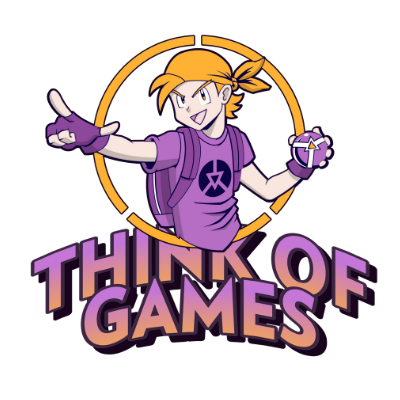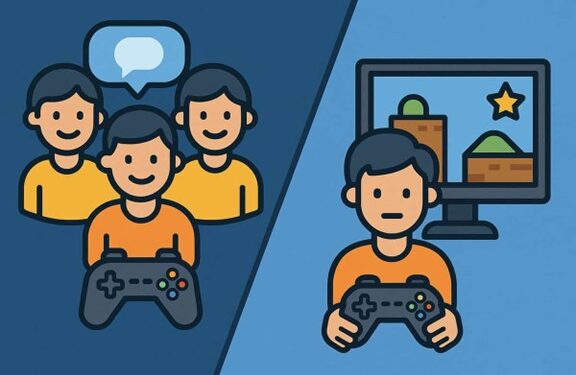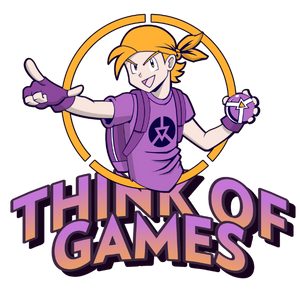The free-to-play gaming market is growing faster than ever. Players face a key choice: play solo or dive into social games to team up or compete. With both styles gaining popularity, the question is: which will dominate the future of gaming?
Let’s break it down.
The Appeal of Playing Solo
Solo gaming has always been a core part of video games. Whether you’re battling through an epic RPG story or grinding to beat your personal high score, playing alone offers something uniquely satisfying. For many, gaming solo is a form of escape. It’s you, the game, and endless possibilities to strategize, explore, or just unwind.
One great example of a solo-friendly experience is the Choctaw Slots Bull Mystery free slot game. With no teammates or opponents to think about, it’s just you, the reels, and the thrill of the spin. The game puts you in full control, letting you focus entirely on your luck and momentum, ideal for players who value a relaxed, self-paced experience and the satisfaction of individual wins.
Solo play isn’t just about isolation, though. It offers flexibility. You can game on your own schedule, pause anytime, and immerse yourself completely without worrying about whether Bobby in your squad is still AFK. And while social gaming is fun, not everyone has the bandwidth (or the patience) for it. Sometimes, you just want to chill without notifications in your ear.
Social Gaming is on the Rise
Flip the coin, and you’ve got social gaming. Over the past decade, multiplayer and social games have skyrocketed in popularity. They’ve turned lonely late-night gaming sessions into a hive of activity where everyone can share their wins, losses, and memes. Social games tap into a human need for community and connection, with features that make it easy to team up, chat, and even show off your skills.
This rise is largely thanks to advancements in internet speeds and gaming technology. Multiplayer experiences now feel seamless, whether you’re playing a tactical shooter with strangers across the globe or trying co-op survival with your best friends. The thrill of competing in real-time against others or working together to achieve a shared goal is unmatched for many players.
Games like Fortnite and Among Us have shown just how much people enjoy being part of a group experience. The social element transforms the game into more than just gameplay; it’s about friendships, rivalries, and those hilarious moments you’ll talk about for weeks. That’s something solo play can’t quite replicate.
Preferences and Trends Across Generations
When digging into why some prefer one style of play over the other, you quickly see that age makes a difference. Older gamers, who grew up detached from the constant connectivity of the internet, often lean toward solo gaming. There’s a nostalgic element to it, along with the comfort of predictable gameplay.
Meanwhile, younger players have grown up with social media and online connectivity baked into their daily lives. To them, social gaming isn’t just fun, it’s natural.
Platforms like Xbox Live and Discord have made it easier than ever to stay connected to friends while playing. Add in the rise of livestreaming platforms like Twitch, and social gaming has become as much about entertainment as it is about interaction.
But it’s not just age shaping these trends; it’s also the types of games available. Many free-to-play titles now have robust multiplayer components baked in, encouraging cooperation or friendly competition. This puts social gaming front and center for the industry’s future. However, solo games still have their place, as they cater to players who want a more introspective escape.
Can There Be a Winner?
At this point, you might wonder if one play style is destined to take over free gaming entirely. Will solo gamers someday find themselves outnumbered? Or will social gaming eventually fizzle out?
The truth is, both have their place. A diverse gaming ecosystem is part of what makes this industry so fascinating. Just like you might crave a competitive round of Fortnite today and a low-key puzzle game tomorrow, the industry finds ways to cater to different moods and play styles.
Take casino games as an example. A platform like Choctaw Slots online offers a bit of both worlds. You can sit back and enjoy an individual slot session or jump into interactive tournaments where the stakes are shared. No matter how you want to approach your gaming time, you have options.
Game developers are also blurring the lines between the two. Many single-player games now feature online leaderboards or shareable achievements, giving them a social twist without requiring full-on multiplayer interactions. Meanwhile, multiplayer titles often offer solo modes for those who occasionally want to unhook from the crowd.
Looking Toward the Future
The future of free gaming will likely depend not on which style is “superior,” but on how developers adapt to players’ changing preferences. With so many free games to choose from, the competition to win over audiences is fiercer than ever. Offering flexible experiences that meet the needs of both solo and social gamers seems like the smartest move.
One thing’s for sure, though. Whether you’re hunting for legendary loot by yourself or teaming up to take down a tough boss, gaming is about feeling connected to a game, to a world, or to other people. And as technology continues to expand what’s possible, developers will need to stay creative to keep both solo and social players hooked.
At the end of the day, the battle between social gaming and solo play isn’t really about who wins. It’s about making sure gaming stays fun for everyone. After all, whether you’re flying solo or rolling deep with a squad, the goal is always the same: to have a good time.



















